Solanum medians
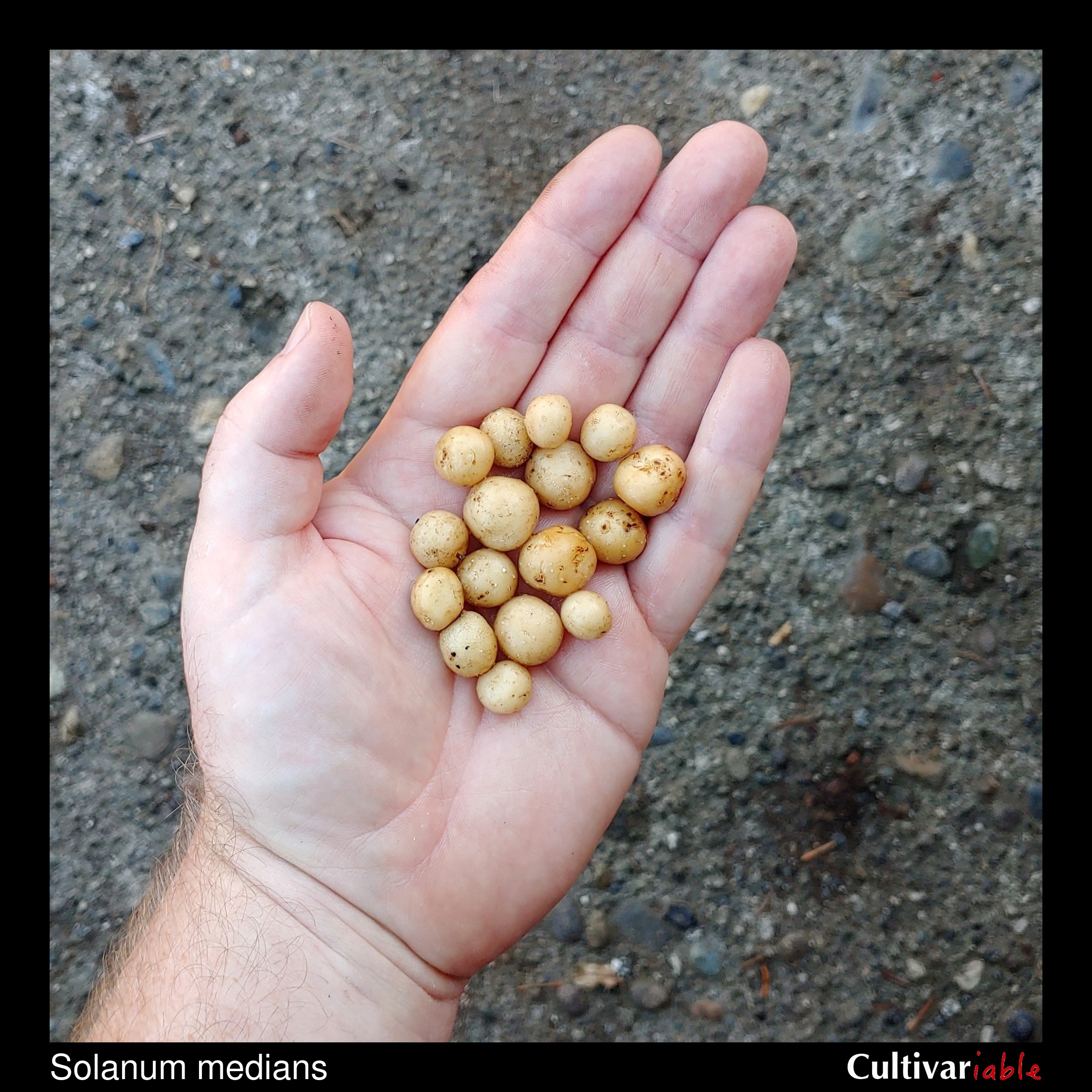
| Common Names | |
| Code | med |
| Synonyms | S. arahuayum, S. sandemanii, S. tacnaense, S. weberbaueri |
| Clade | 4 |
| Series | Tuberosa |
| Ploidy | Diploid (2x), Triploid (3x) |
| EBN | 2 |
| Tuberization Photoperiod | Short Day |
| Self-compatibility | No |
| Nuclear Genome | A |
| Cytoplasmic Genome | M |
| Citation | Bitter: Repert. Spec. Nov. Regni Veg. 11: 366. 1912. |
Description
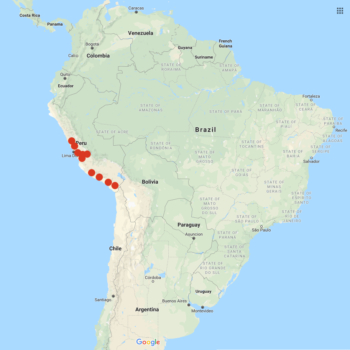
Solanum medians is a wild potato species native to central and southern Peru, just barely reaching into Chile. Plants reach about two feet tall. Flowers purple. Berries large, round, green to purplish.
The specific epithet, medians, means “intermediate,” probably referring to the size of the plant. It is formed from the Latin word “medius,” for “middle.” While there is no completely standardized pronunciation for scientific names, the most common way to pronounce this species is probably so-LAY-num MEE-dee-ans.
This species has some of the highest measured amylose content of any potato species, reaching as much as 51.4% (Jansen 2001, as S. sandemanii).
Resistances
This species can survive frosts down to 27 degrees F (-3 C) (Li 1977). Vega (1995) found that this species is less frost tolerant than domesticated potato.
| Condition | Type | Level of Resistance | Source |
|---|---|---|---|
| Globodera pallida (Pale Cyst Nematode) | Invertebrate | Resistant | Castelli 2003 |
| Globodera rostochiensis (Potato Cyst/Golden Nematode) | Invertebrate | Resistant | Castelli 2003 |
| Myzus persicae (Green Peach Aphid) | Invertebrate | Somewhat resistant | Machida-Hirano 2015 |
Glykoalkaloid content
Images
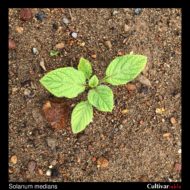 |
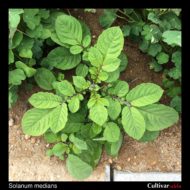 |
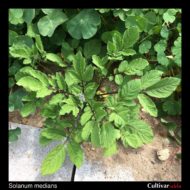 |
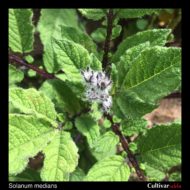 |
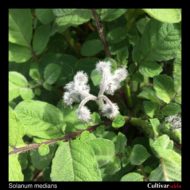 |
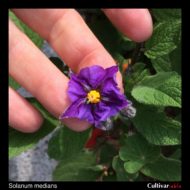 |
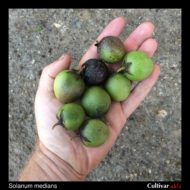 |
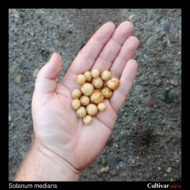 |
Cultivation
The USDA potato genebank has observed that germination of some accessions of this species is inhibited by GA3 (Bamberg 1999).
Towill (1983) found that seeds of this species stored at 1 to 3 degrees C germinated at 88% after 14 years.
Breeding
Crosses with S. tuberosum
| Female | Male | Berry Set | Seed Set | Germination | Ploidy | Source |
| S. tuberosum | S. medians | Low | None | Jackson (1999) | ||
| S. medians | S. tuberosum | None | None | Jackson (1999) | ||
Crosses with other species
Jackson (1999) found 2-14% 2n pollen in varieties of this species.
| Female | Male | Berry Set | Seed Set | Germination | Ploidy | Source |
